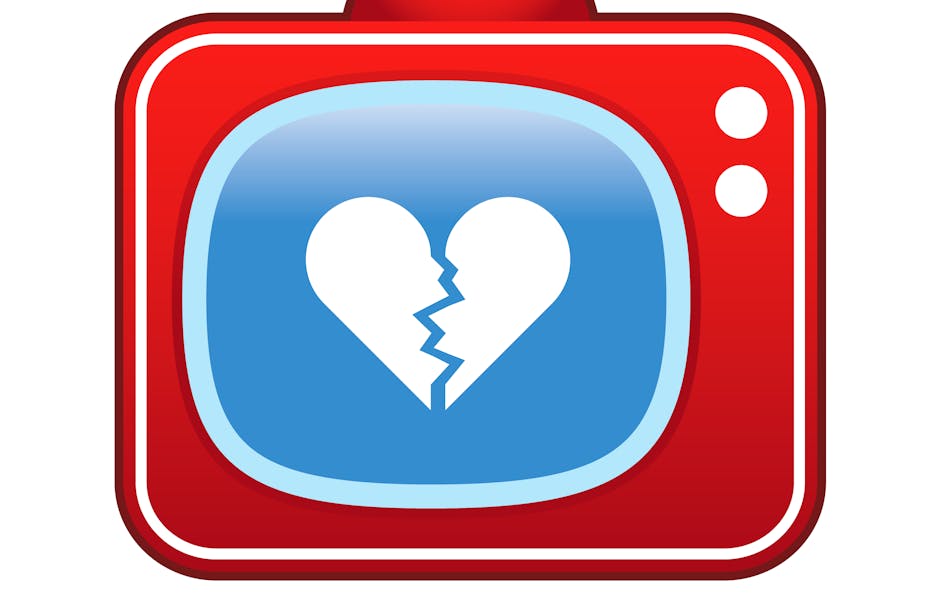It used to be so easy to be a video consumer. You just put rabbit ears on your television set and watched whatever two or three channels you could pull in. Things got a bit more complicated when cable television arrived, but even then the choice was really only whether to keep the rabbit ears or pay for the only cable service that ran through your neighborhood.
Now, with the deluge of new providers into the video marketplace, consumers will need both a personal shopper and an engineer to help them decide what to watch, how much it will cost and how to get it to the various screens they have. Even tech-savvy video consumers will have a hard time navigating the new options and pricing structures.
Over-the-air broadcast television and traditional cable suppliers were first challenged by the entry of Netflix, Amazon and Hulu into the marketplace. Then programmers such as HBO and CBS developed over-the-top services to send their products directly to consumers through streaming. Now, Apple and Sony are setting up web-based streaming services to offer video consumers lower-cost and tailored lineups of channels and content.
Television and other video content are in the middle of a messy divorce from cable, which will offer consumers a dizzying array of choices but also lead to the culmination of a darker side of our 21st-century lives: our increasing absorption into screens at the expense of human interaction. This is one of the biggest changes I’ve seen in my more than two decades analyzing the media industry, and it represents the loss of the shared national experience – beyond national tragedies broadcast live on news networks – something common not too long ago.
Destiny calls
This day was destined to come, not just because of advancing technologies, but because of the cable giants’ determination to force consumers to pay for well over a hundred channels at a time. The average television viewer watches only 18 channels out of these hundred-plus channel lineups but has been paying for the others all along. Cable prices have outpaced the inflation rate by double over the last twenty years. But consumers were stuck paying anyway in a wasteful and inefficient cost structure that lined cable company and program suppliers’ pockets.
Consumer groups such as the Parents Television Council, Public Knowledge and the Consumers Union have long argued for a la carte video pricing, in which consumers would pay for only those channels the consumers elect. Cable giants laughed at these appeals for years, but the day of reckoning is soon coming for the likes of Comcast, Time Warner and Cox. The overpriced cost of cable, combined with the dreadfully low ratings for cable customer service, scared many consumers out of the marketplace.
Cutting the cord
An estimated six million Americans have cut the cord in the last six years, dumping their cable or satellite television packages. And many young adults are classified as “cord-nevers,” establishing homes in which they have never had a cable or satellite television package. They rely solely on over-the-air and targeted video streaming services.
It is into this growing vacuum that new, cheaper, ample and more adaptable video services are emerging.
Such new competition has to be good for consumers. Cable industry spokesmen say that tallying up the costs of various services and a la carte channel choices won’t really save consumers money.
Even if that were the case, consumers could still take satisfaction in knowing they are paying for what they actually chose. People who don’t like sports won’t be paying for ESPN. Values viewers won’t be paying for raunchy MTV or Comedy Central content.
Dark side of ‘on demand’
Such an abundance of video riches would seem to be great for Americans, who just can’t get enough of looking at material on a screen. With the unlimited potential for video to be delivered through the internet and onto home screens and portable devices, people can distract themselves with round-the-clock video worlds that have no connection to reality or even other, physically present human beings.
Research shows that people are spending more time than ever consuming messages, with video absorbing a huge chunk of that time. Meanwhile, time spent interacting with any other human being is lower now than at any time in history.
The video smorgasbord allows media consumers to withdraw to their personalized video caves, watching content targeted at people just like themselves. Gamers, news junkies, movie hounds and so on can binge watch and never have to experience messages that don’t fit their social, political or entertainment style.
As a nation, common media experiences are less likely. It is little wonder our society is so fragmented and polarized on many levels.
Media theorist Marshall McLuhan observed over a half century ago that the electronic age had its drawbacks, writing “Primitive people lived richer lives because they interacted more and were able to focus on the humanistic aspects of life, whereas the electronic age is one of separation and loneliness.”
The accelerating pace of the digital age, indeed, could threaten to make us all more separated and lonely.

